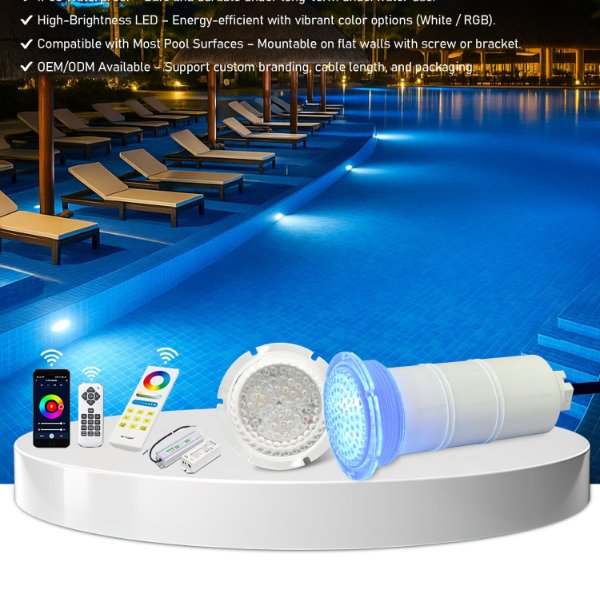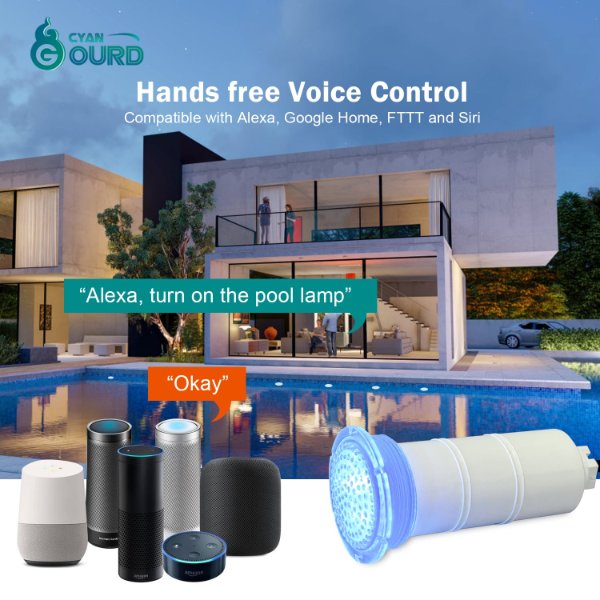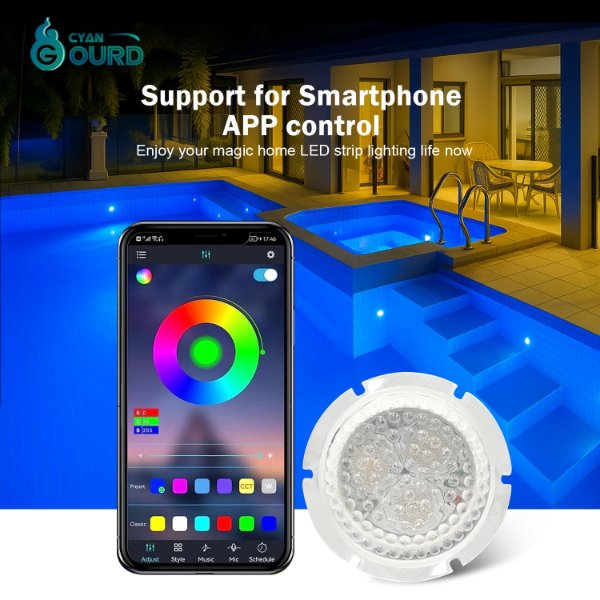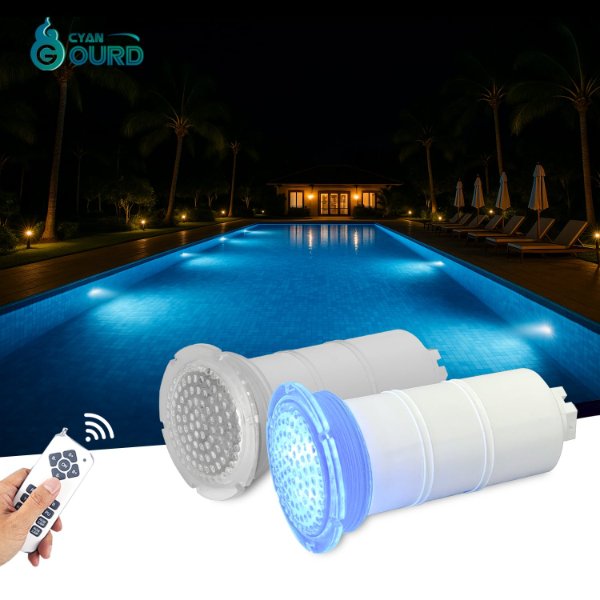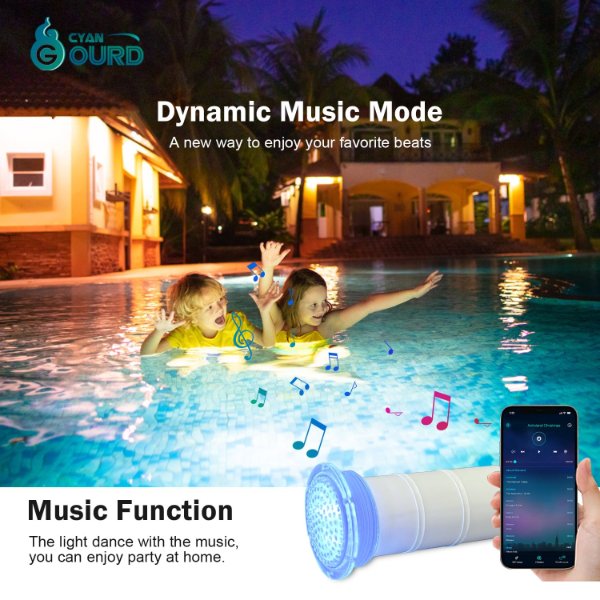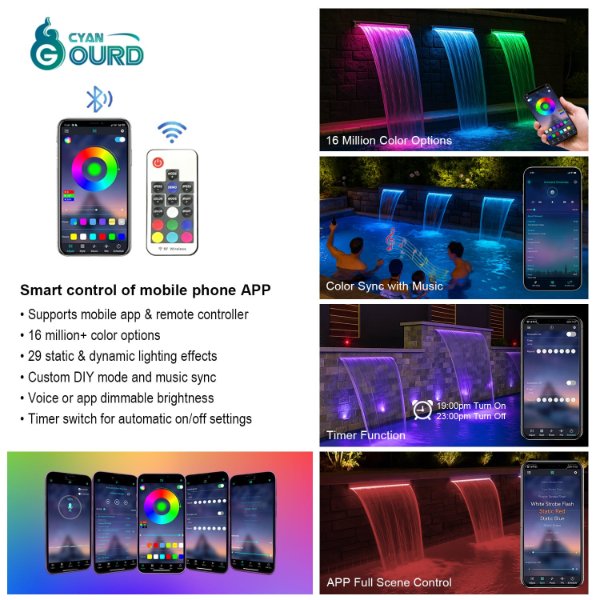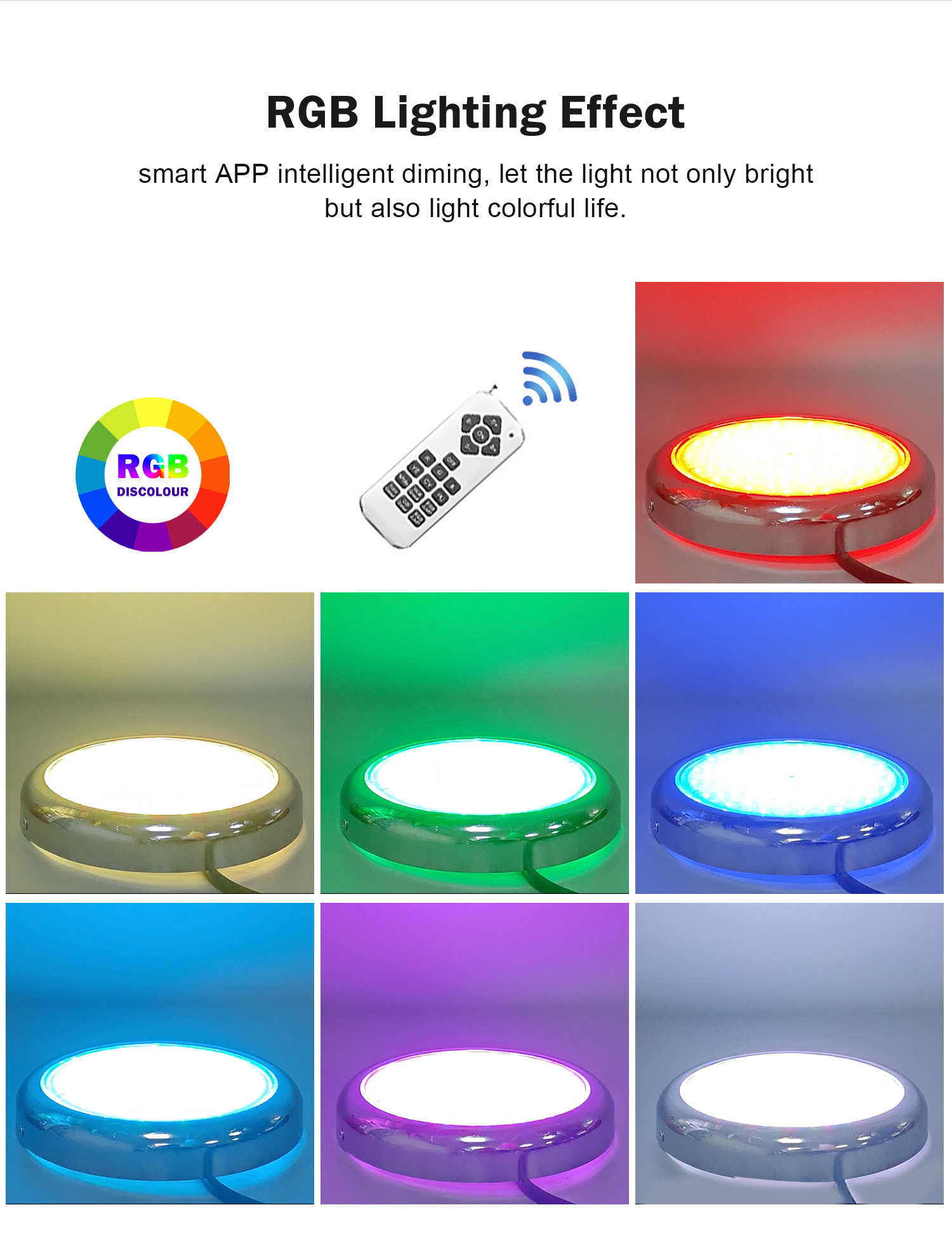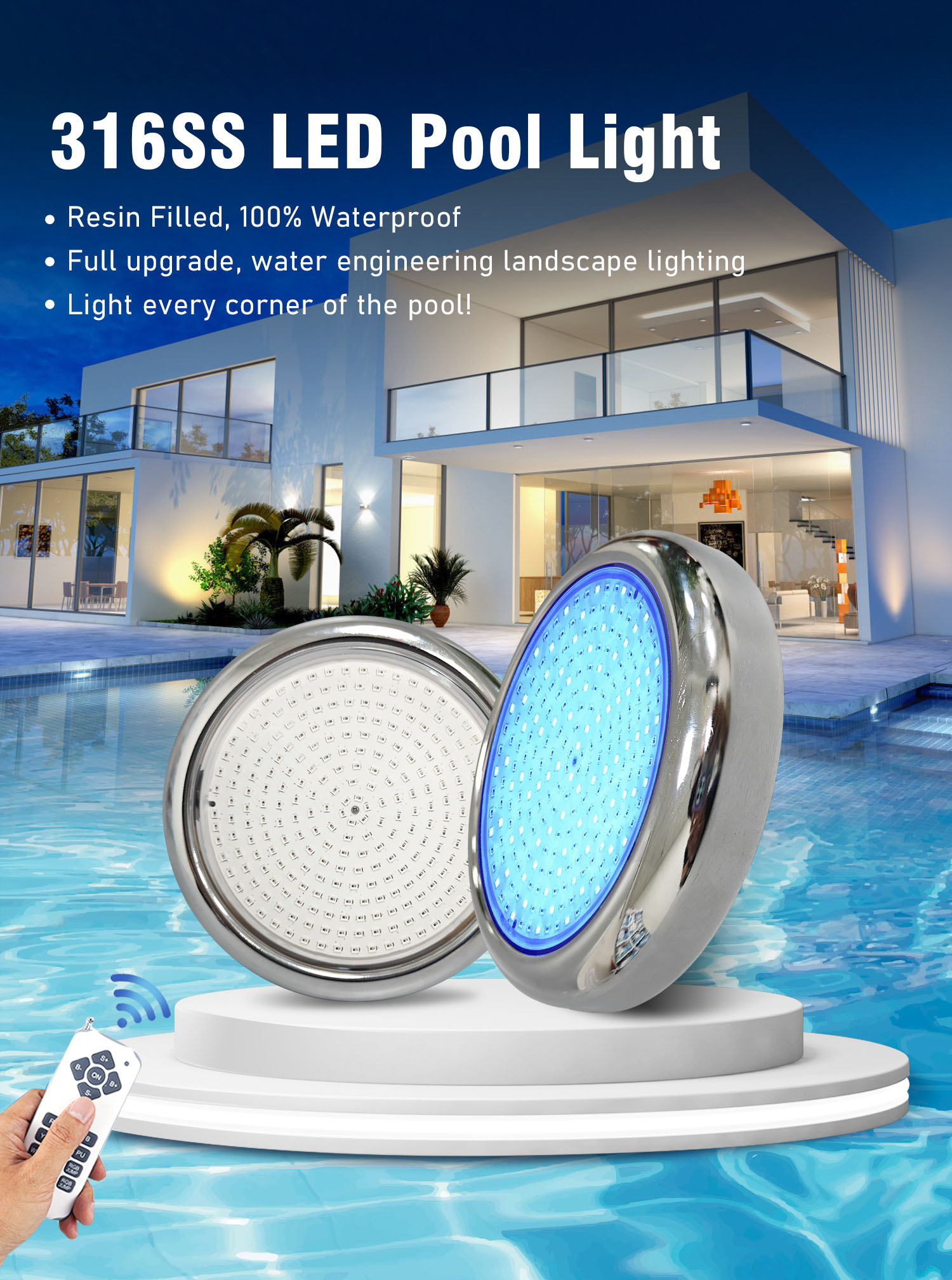Cost Considerations for Pool Lighting: Initial Investment, Operational Costs, and Long-Term Savings
Introduction
Pool lighting is essential for both safety and aesthetics, but it’s important to consider the financial implications before making a decision. Understanding the initial investment, operational costs, and potential long-term savings will help you select the best lighting solution for your pool. This blog will guide you through the cost considerations for pool lighting, with a focus on maximizing efficiency and value. Whether you're lighting a new inground pool or upgrading an existing setup, we'll cover all the key points.
1. Initial Investment: Choosing the Right Pool Lights
Your pool lighting's initial investment will vary depending on the type of lights you choose. While it's tempting to go for the cheapest option, the long-term benefits of higher-quality lighting options often outweigh the upfront savings. Here are some common options to consider:
Halogen Pool Lights: These traditional lights have a lower initial cost, typically ranging from $150 to $300 per fixture. However, halogen lights are less energy-efficient and have a shorter lifespan, which can lead to higher long-term costs.
LED Pool Lights: LED pool lights are the most popular modern choice, with an initial cost ranging from $300 to $700 per fixture. Although the initial price is higher than halogen lights, LED options offer long-term energy savings, greater durability, and more versatile color options.
Fiber Optic Pool Lights: Known for their unique lighting effects, fiber optic pool lights typically cost between $600 and $1,500 per fixture. However, they also require a light generator to function, which can increase installation and operational costs.
When selecting your pool lights, it's essential to consider both the upfront cost and the long-term benefits of choosing energy-efficient and durable options, such as LEDs.
2. Operational Costs: Energy Efficiency and Usage
Operational costs are an important factor when choosing pool lighting. Different types of lights consume varying amounts of energy, which directly affects your utility bills. Below is a comparison of operational costs for the most common types of pool lighting:
Halogen Lights: Halogen lights are power-hungry, consuming between 300 to 500 watts per fixture. As a result, they lead to higher operational costs compared to other lighting options.
LED Lights: LED lights are significantly more energy-efficient, consuming only 20 to 70 watts per fixture. This translates into lower electricity bills and is one of the main reasons why LED lights are the go-to choice for modern pool lighting solutions.
Fiber Optic Lights: Fiber optic lights tend to be less energy-efficient due to the need for a separate light generator, which increases their overall energy consumption and operational costs.
Choosing energy-efficient LED pool lights will result in lower operational costs, making them the most cost-effective solution over time.
3. Maintenance and Replacement Costs
While operational costs cover energy consumption, maintenance and replacement costs should also be factored into your overall budget for pool lighting. Durability and longevity vary among different types of pool lights:
Halogen Lights: Halogen bulbs have a shorter lifespan, typically lasting 2,000 to 4,000 hours. Frequent replacement leads to higher long-term costs, as well as the added labor involved in maintaining the lights.
LED Lights: LED lights offer impressive longevity, often lasting between 30,000 to 50,000 hours. Their durability and resistance to environmental conditions make them a low-maintenance option, further reducing the overall cost over time.
Fiber Optic Lights: Fiber optic lighting systems also have long lifespans, but they require regular maintenance for the light generator, which adds to the overall maintenance cost.
In terms of maintenance and replacement, LED lights once again stand out as the most cost-effective option, thanks to their durability and long lifespan.
4. Long-Term Savings: Maximizing Value with LED Pool Lights
Although LED lights may have a higher upfront cost compared to halogen lights, the long-term savings are substantial. Here's how LED pool lights can provide value over time:
Energy Savings: As mentioned, LED lights consume significantly less energy than halogen or fiber optic lights, which leads to substantial savings on your electricity bills.
Fewer Replacements: With their long lifespan, LED lights require fewer replacements, reducing both the cost and labor associated with maintenance.
Eco-Friendly Option: LED lights are environmentally friendly, as they contain no harmful chemicals and have lower carbon emissions due to their energy efficiency. This makes them a sustainable choice for pool lighting.
Smart Lighting Features: Many LED lights come with advanced features such as color-changing options and smart controls, allowing you to adjust brightness and color without increasing energy consumption.
LED pool lights offer long-term value by combining energy efficiency, durability, and customization, making them the best investment for cost-conscious pool owners.
Conclusion
When choosing pool lighting, it's important to consider the total cost of ownership, including the initial investment, operational costs, and long-term savings. While halogen and fiber optic lights may seem like attractive options due to their lower upfront costs, LED lights provide the best value in the long run due to their energy efficiency, longevity, and low maintenance requirements. By selecting the right pool lighting option, you can enjoy a beautifully lit pool while minimizing costs.
For those looking to explore energy-efficient and long-lasting pool lighting options, be sure to explore offerings from reputable pool light manufacturers and suppliers. Investing in high-quality LED lighting today can result in significant savings and satisfaction for years to come.

 English
English
 French
French  Indonesian
Indonesian  Spanish
Spanish  Thai
Thai 